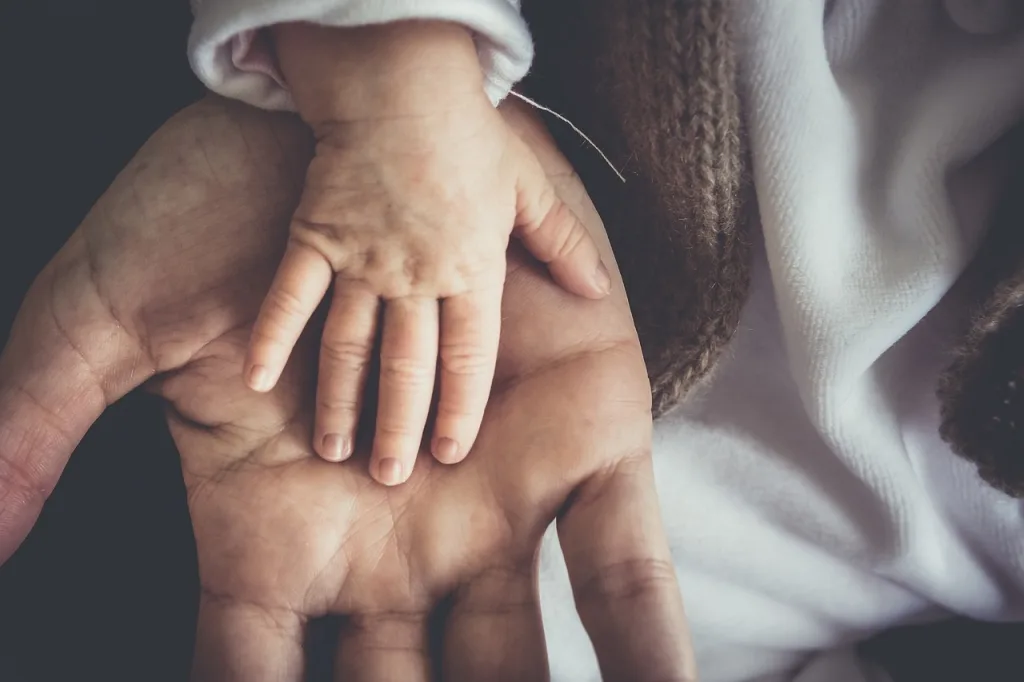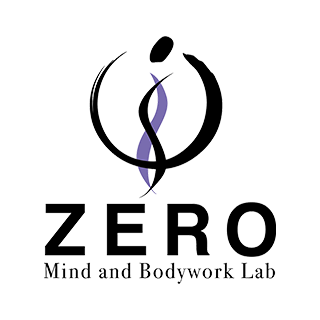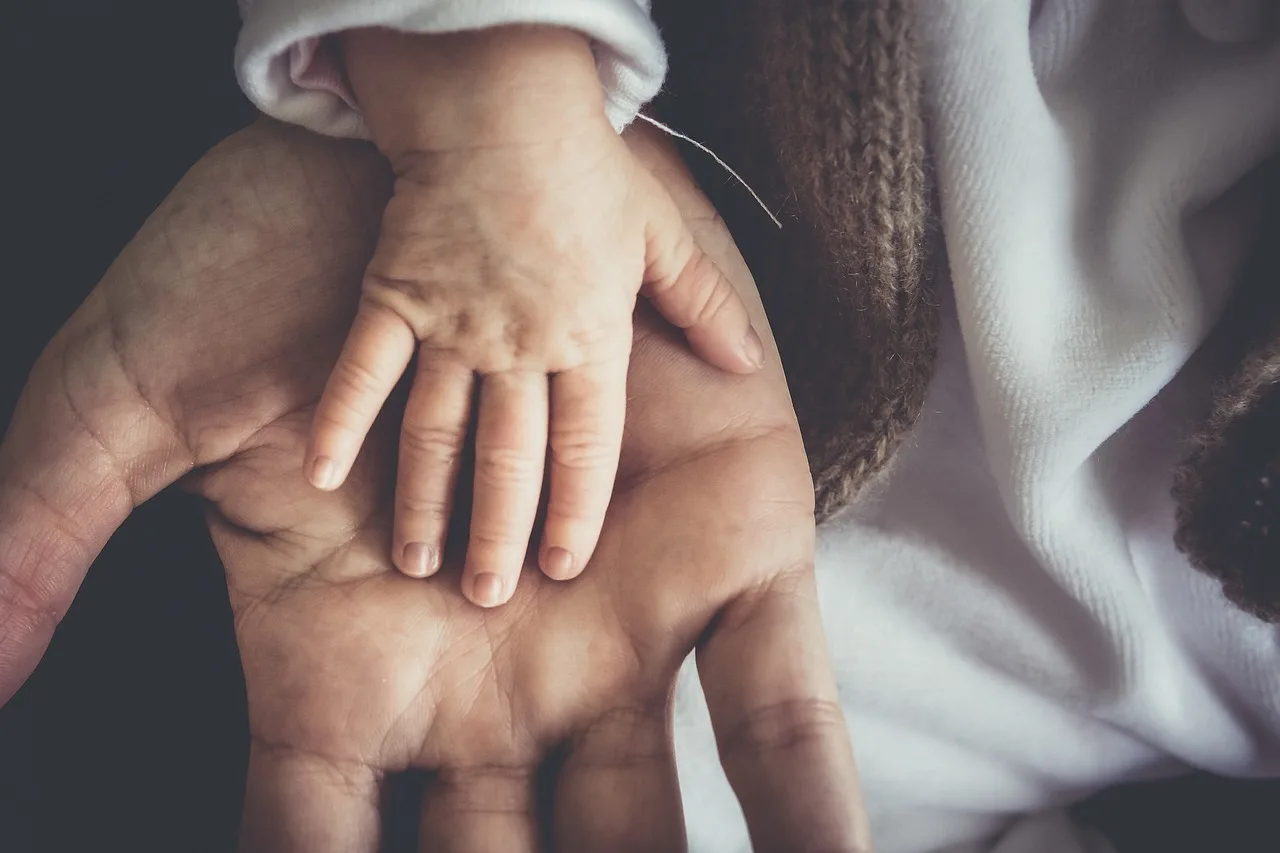Introduction
Hello. I’m Hidefumi Otsuka, offering Rolfing sessions in Shibuya, Tokyo.
In this blog series, I’m exploring the intersection between “attachment theory” and “embodied connection,” using concepts like felt sense, Polyvagal Theory, and trauma to consider the potential of Rolfing.

In this third installment, I will introduce Diane Poole Heller’s approach to attachment healing called DARE (Dynamic Attachment Re-patterning Experience), and examine how “relational re-experiencing” can become possible through the body.
Note: I am not a certified DARE practitioner. If you’re interested in the DARE approach, please consult a certified practitioner. Personally, I’ve been deeply influenced by Heller’s book The Power of Attachment and have incorporated insights on “attachment re-patterning” into my Rolfing practice.
Attachment Styles Can Be Changed: Reconstructing “Memory” and “Relationship”
Diane Poole Heller’s perspective is clear:
“Attachment style is not destiny. It’s a pattern formed through experience, and patterns can be changed.”
What facilitates that change is what she calls a corrective experience.
What Is a Corrective Experience? — Healing Through “Safe Re-experiencing”
According to Heller, a corrective experience is a process of “redoing” past relational injuries in a safe, empathic context:
- A past of rejection → An experience of acceptance in the here and now
- A past of control → An experience of choice in the here and now
- A past of abandonment → An experience of being-with in the here and now
These “new, safe relational experiences” reach the layer of implicit memory and are key to transforming automatic reactions.
Implicit vs. Explicit Memory — Differences in “Processing Speed” in the Brain
Psychiatrist Dan Siegel describes two types of memory:
- Explicit memory: Conscious, verbal, narrative memory that can be recalled.
- Implicit memory: Pre-verbal memory held in sensation, emotion, and bodily responses.
“Implicit memory includes a range of processes such as emotional, behavioral, perceptual and possibly somatosensory memory. These forms are present at birth and involve circuitry that does not require focal attention for encoding nor does it include a sense of ‘I am recalling something’ when retrieval occurs.” — Daniel J. Siegel, The Developing Mind
This kind of implicit memory lies deep in the nervous system, is processed faster than explicit memory, and unconsciously shapes behavior and responses.
Rolfing, as a somatic approach, may offer direct access to this implicit layer through the body.
Attachment Styles and Brain Bias — Asymmetry Between Right and Left Hemispheres
Attachment styles are associated with biases in how the brain processes information. Early relational experiences strongly affect right-brain development.
- Secure: Balanced left-right brain integration; emotional and logical regulation.
- Avoidant: Left-brain dominant; emotion suppression, cognitive distancing.
- Anxious: Right-brain overactive; emotional flooding, relational instability.
- Disorganized: Poor integration; trauma-based disconnection.
These developmental imbalances can be reconstructed through corrective experience. Rolfing provides a bodily context for such reconstruction.
Interpersonal Psychology: Why Relationship Matters in Embodiment
Interpersonal psychology emphasizes the idea that “the self is formed within relationships.”
Rolfing, too, supports this principle by offering:
- A neutral and attuned presence from the therapist
- A safe relational framework
- A co-creative process that respects the client’s agency
Why does relationship matter? Because our bodily sensations, movement patterns, and nervous system responses are all shaped within relational contexts. Our “body memory” does not exist in isolation but is always constructed in relation to someone else.
Rolfing becomes healing because it allows that relational field to be safely restructured. It is not just about technical touch—it’s the quality of relational engagement that becomes the foundation of transformation.
This aligns deeply with what DARE and attachment theory describe as relational re-patterning.
Using Imagery and Distance to Restore Safety
One client came to a session overwhelmed by lingering emotional distress. They couldn’t settle into the process.
I asked them to “recall an ally—someone who feels like a support to you.”
“Where would it feel safest to place that person? On your left? Right? Directly in front of you?”
They chose the left. I then guided them to place that image beside them. Simultaneously, we visualized the painful memory as a ball and placed it about two meters away.
After establishing enough distance for safety, we slowly brought the ball closer. As this process unfolded, their breath deepened and bodily sensations softened.
This experience became a new embodied memory—an implicit sense of “being able to safely stay in contact.”
Rolfing as a “Relational Rehabilitation Space”
Rolfing is not just physical manipulation; it’s a therapeutic field where relational trust itself becomes the healing medium.
- Neutral, empathic touch
- The practitioner’s grounded presence
- A session pace aligned with the client’s needs
- Co-witnessing and somatic dialogue
These elements combine to make Rolfing a space of “attachment re-education.”
Conclusion: What Changes Is Not “Personality,” But “Embodied Response Patterns”
Attachment style is not about fixed personality traits—it’s about learned nervous system patterns.
These patterns are not verbal, but stored as bodily reactions—implicit memory.
Rolfing speaks to this memory layer through touch, breath, spatial awareness, and structural integration, delivering a new bodily message: “Connection can be safe.”
Diane Poole Heller writes:
“Being comfortable in your own skin and having tools that help you relax is a really big deal, but learning how to feel safe with others is revolutionary. When your nervous system can co-regulate with other people, and you feel safe and playful and relaxed, you can develop a stronger sense of secure attachment and enjoy its profound rewards, no matter what environment you grew up in.”
Rolfing aspires to offer exactly this—a space where new, safe relationships can be re-formed in and through the body.
Coming Next
Part 4: “Rolfing Rewrites the Map of Safety — Restoring Connection through the Lens of Polyvagal Theory”
In the next article, we’ll explore the relationship between the nervous system and body structure, using the Polyvagal Theory as a foundation. You’ll see how Rolfing can support autonomic regulation and help recover from hyperarousal and freeze states.
Stay tuned.

